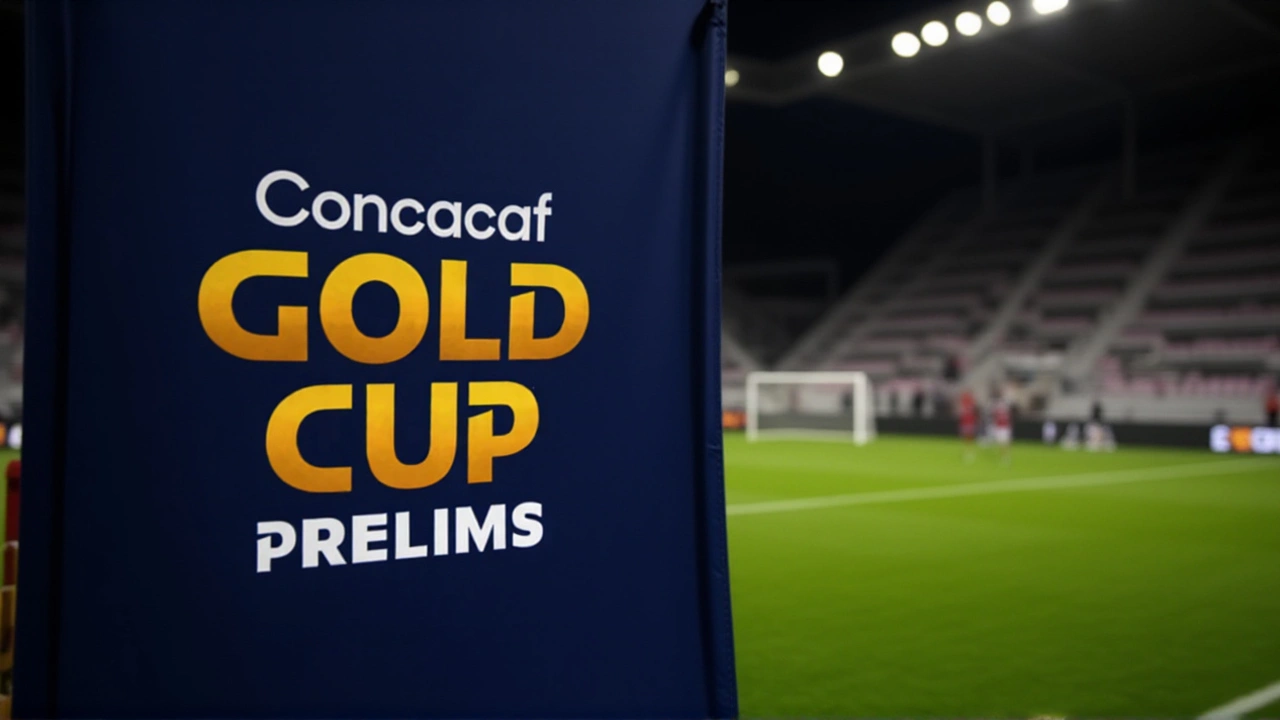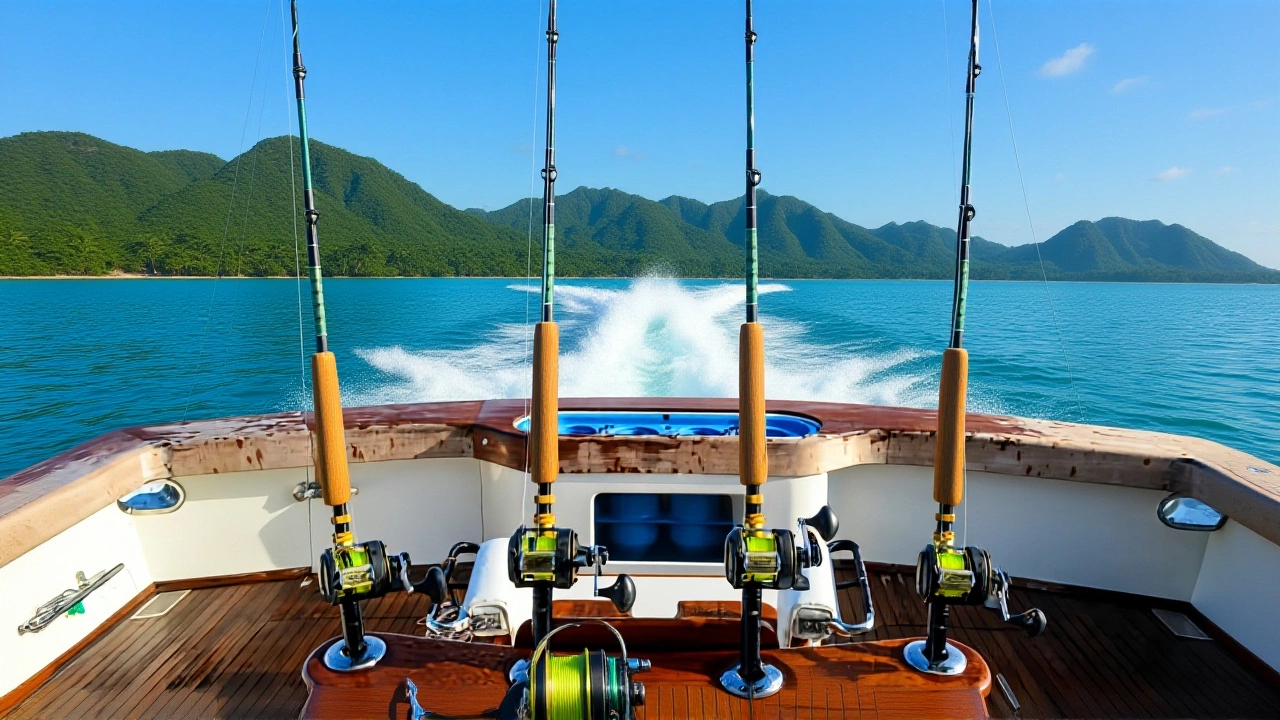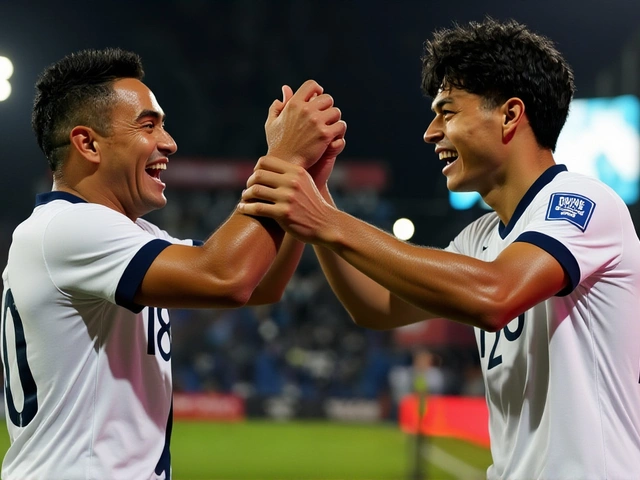On May 12, 2025, representatives from Costa Rica, Guatemala, and Honduras signed a landmark agreement in Iztapa, creating the Central American Sportfishing Alliance (CASA). It wasn’t just another press release. This was the moment three nations, long divided by borders and competing interests, decided their oceans—and the people who depend on them—were too valuable to manage alone. The alliance, born at the 84th International Light Tackle Tournament AssociationIztapa, isn’t just about catching fish. It’s about survival. Economic survival. Ecological survival. Cultural survival.
Why This Matters More Than Coffee or Cruise Ships
In Costa Rica, sport fishing brings in $520 million a year. That’s more than coffee, the country’s historic export crown jewel, which rakes in $276 million. It’s more than cruise tourism, which clocks in at $29.9 million. Across Central America, the total economic impact exceeds $500 million annually, supporting thousands of jobs—from boat captains and guides to tackle shop owners and lodge staff. Yet, for decades, this invisible engine of coastal economies was ignored by policymakers. While governments debated mining permits and highway expansions, the reefs and open waters that fed families were quietly being stripped by illegal trawlers and unregulated commercial nets.The Three Pillars of CASA
CASA isn’t throwing money at the problem. It’s building a system. Three pillars hold it up:- Economic and social development for coastal communities through structured, sustainable sport fishing tourism
- Policy and regulatory frameworks that reward conservation over extraction
- A multi-sector network tying together private operators, universities, NGOs, and government agencies
Who’s Behind the Movement
You can’t understand CASA without meeting the people driving it. Marina Marrari, Executive Director of FECOP (Federación Costarricense de Pesca Deportiva), has spent 15 years fighting for sport fishing recognition in Costa Rica. "For the first time," she told reporters at ICAST 2025, "the private sector isn’t just talking—it’s acting together across borders." In Guatemala, Juan Manuel Cobar of the Billfish Conservation Project has watched billfish numbers drop 60% in a decade. "This alliance amplifies our voice," he said. "It turns local passion into regional policy." And in Honduras, Roberto Calderón of the Caribbean Fishing Club put it bluntly: "Sport fishing isn’t a hobby here. It’s our heritage. Our paycheck. Our future."
Global Backing, Local Impact
At ICAST 2025Orlando, Florida, CASA didn’t just show up—it exploded onto the global stage. Four heavyweight conservation and industry partners joined: the International Game Fish Association (IGFA), the Sportfishing Conservancy (SFC), the Guy Harvey Organization, and Crocodile Bay. These aren’t just names on a plaque. IGFA brings decades of tagging and data collection expertise. Guy Harvey’s global brand gives CASA visibility from Miami to Melbourne. Crocodile Bay, a luxury eco-lodge in Costa Rica, offers real-world testing grounds for sustainable tourism models. "ICAST 2025 made it clear," Marrari said, "that Central America isn’t a footnote in global sport fishing—it’s becoming the blueprint."What Comes Next
CASA’s immediate plan? A comprehensive regional work plan, due by December 2025. That means:- Joint scientific monitoring of billfish, tarpon, and roosterfish migrations
- Training programs for local guides on catch-and-release best practices
- Advocacy for policy changes aligned with the EU-Central America Association Agreement, which has been in place since 2013
- Public awareness campaigns targeting schools and coastal towns

Challenges Ahead
It won’t be easy. Honduras requires majority local ownership in commercial fishing—a rule that doesn’t always align with international conservation funding. Illegal trawling still runs rampant in the Gulf of Fonseca. And some local fishers, used to selling their catch to middlemen, worry sport fishing’s "catch-and-release" model will leave them worse off. CASA’s response? Job retraining. Microloans for eco-lodges. Community ownership shares in tourism ventures. This isn’t about stopping fishing. It’s about redefining it.Frequently Asked Questions
How does CASA help coastal communities economically?
CASA directly supports over 15,000 jobs across Central America through guided fishing tours, lodges, tackle shops, and boat maintenance services. In Costa Rica alone, sport fishing generates $520 million annually—more than coffee exports. The alliance funds training programs that help traditional fishers transition into eco-tourism roles, ensuring income stays local and sustainable.
What species are protected under CASA’s initiative?
CASA focuses on highly migratory species critical to both ecosystems and tourism: billfish (blue and black marlin), tarpon, and roosterfish. These species are targeted by recreational anglers but face severe pressure from illegal commercial nets. CASA’s tagging and monitoring programs track their movements to inform regional marine protected areas.
Why did global organizations like IGFA and Guy Harvey join CASA?
IGFA and Guy Harvey recognized Central America as one of the last strongholds for healthy billfish populations in the Eastern Pacific. CASA’s data-driven, community-led approach offers a replicable model for conservation. Their involvement brings funding, scientific credibility, and global marketing power—turning regional efforts into a worldwide conservation story.
Is CASA against commercial fishing?
No. CASA opposes illegal and unregulated commercial fishing that depletes stocks. It supports legal, quota-based commercial operations but insists they must coexist with sustainable sport fishing. The alliance advocates for zoning—designating certain areas for sport fishing only, others for regulated commercial use—to prevent conflict and ensure long-term resource health.
How will CASA handle differing national laws?
CASA doesn’t override national laws. Instead, it creates harmonized best practices and data-sharing protocols. For example, while Honduras requires local ownership in commercial fishing, CASA helps local entrepreneurs form joint ventures with international eco-lodges. This respects sovereignty while building economic bridges.
What’s the long-term vision for CASA?
CASA aims to become the regional authority on sustainable sport fishing by 2030, with all seven Central American nations as members. Its ultimate goal: a fully interconnected marine tourism corridor where fish, tourists, and local economies thrive together—proving that conservation isn’t a cost, but the most profitable investment a coastal nation can make.






